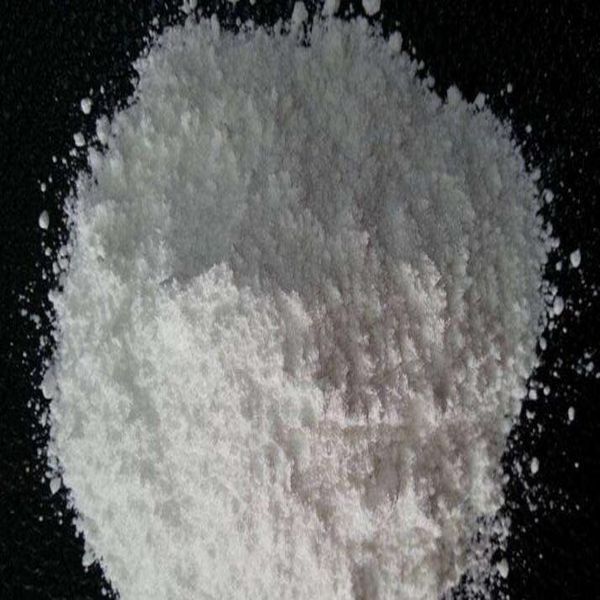Sulfonamides have a broad antibacterial spectrum and have a certain inhibitory effect on most Gram-positive and negative bacteria, but different sulfonamides have different antibacterial efficacy. With the wide application of sulfa drugs, drug-resistant strains will be easily formed, especially Staphylococcus aureus has more opportunities to develop drug resistance. This type of sulfonamide is mainly used for systemic infections. The other type is not easily absorbed or absorbed very little after oral administration, and most of them are excreted through the intestine, mainly used for intestinal infection. Sulfamethoxazole, also known as sulfamethoxazole, is a broad-spectrum antibacterial drug that is particularly effective against staphylococci and E. coli and is used to treat urinary tract infections and poultry cholera. Sulfamethoxazole is a medium-acting sulfonamide drug that is used systemically. It can compete with PABA on dihydrofolate synthase in bacteria to prevent the synthesis of bacterial dihydrofolate, thereby inhibiting the growth and reproduction of bacteria.
Sulfadiazine, sulfamethoxazole, and trisulfadiazine are currently good drugs for the treatment of Nocardiosis. With a half-life of 10 to 12 hours, it can be partially acetylated. Although the number of medications required for this product is less than that of sulfisoxazole (2 times a day instead of 4 times), the solubility of its acetylated metabolites in urine is lower, so the possibility of crystal urine is slightly greater, and the patient Full hydration should be maintained (the daily urine output of adults is not less than 1,500ml). When combined with the synergist trimethoprim, the antibacterial effect is significantly enhanced, and the compound sulfamethoxazole (sulfamethoxazole/trimethoprim or SMZ/TMP) is often better than monotherapy (see dihydrofolate reductase Inhibitor). Clinically used to treat urinary tract infections, respiratory tract infections, typhoid fever, and salmonella infections, pneumocystis carinii, nocardiasis, etc., and can also be used to prevent epidemic meningitis. Some clinicians advocate the combination of minocycline, ampicillin or erythromycin with sulfamethoxazole to treat this type of infection, but there is no clinical data to prove that combination therapy is indeed superior to sulfa drug alone. Co-trimoxazole (TMP/SMZ), minocycline, and amikacin can also be used for the treatment of Nocardia aureus infection.
Post time: Jun-11-2020
